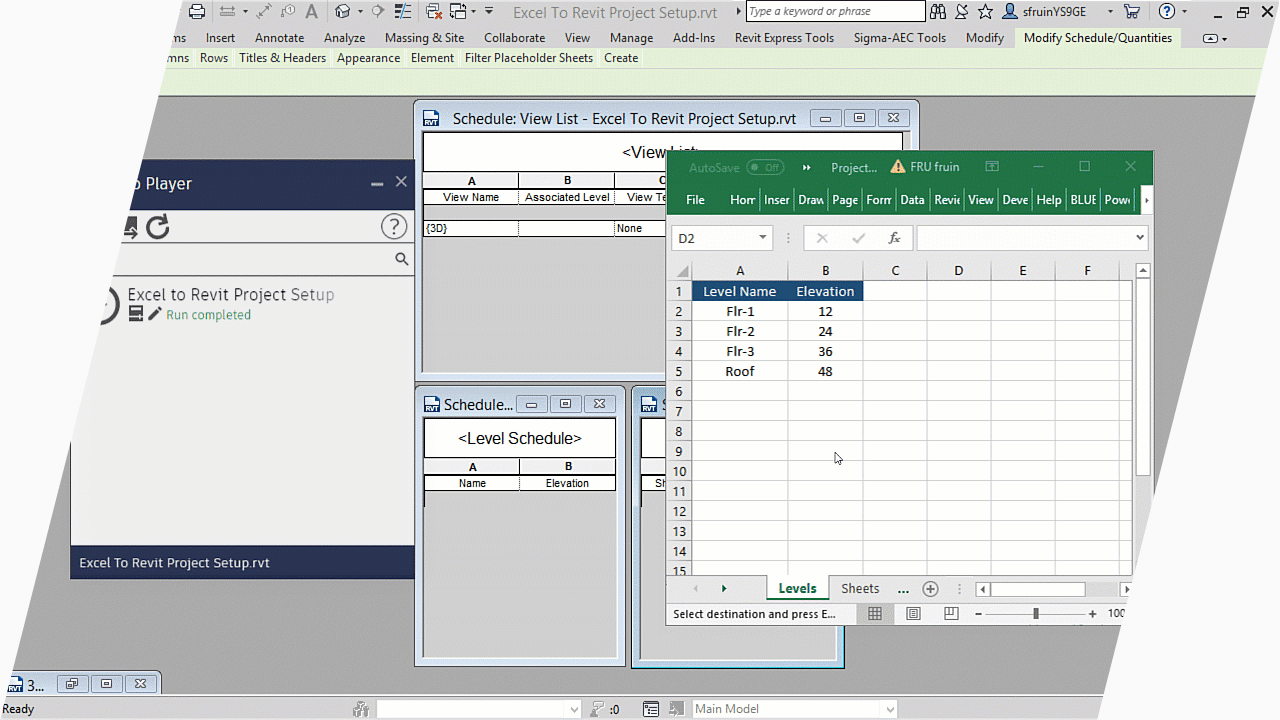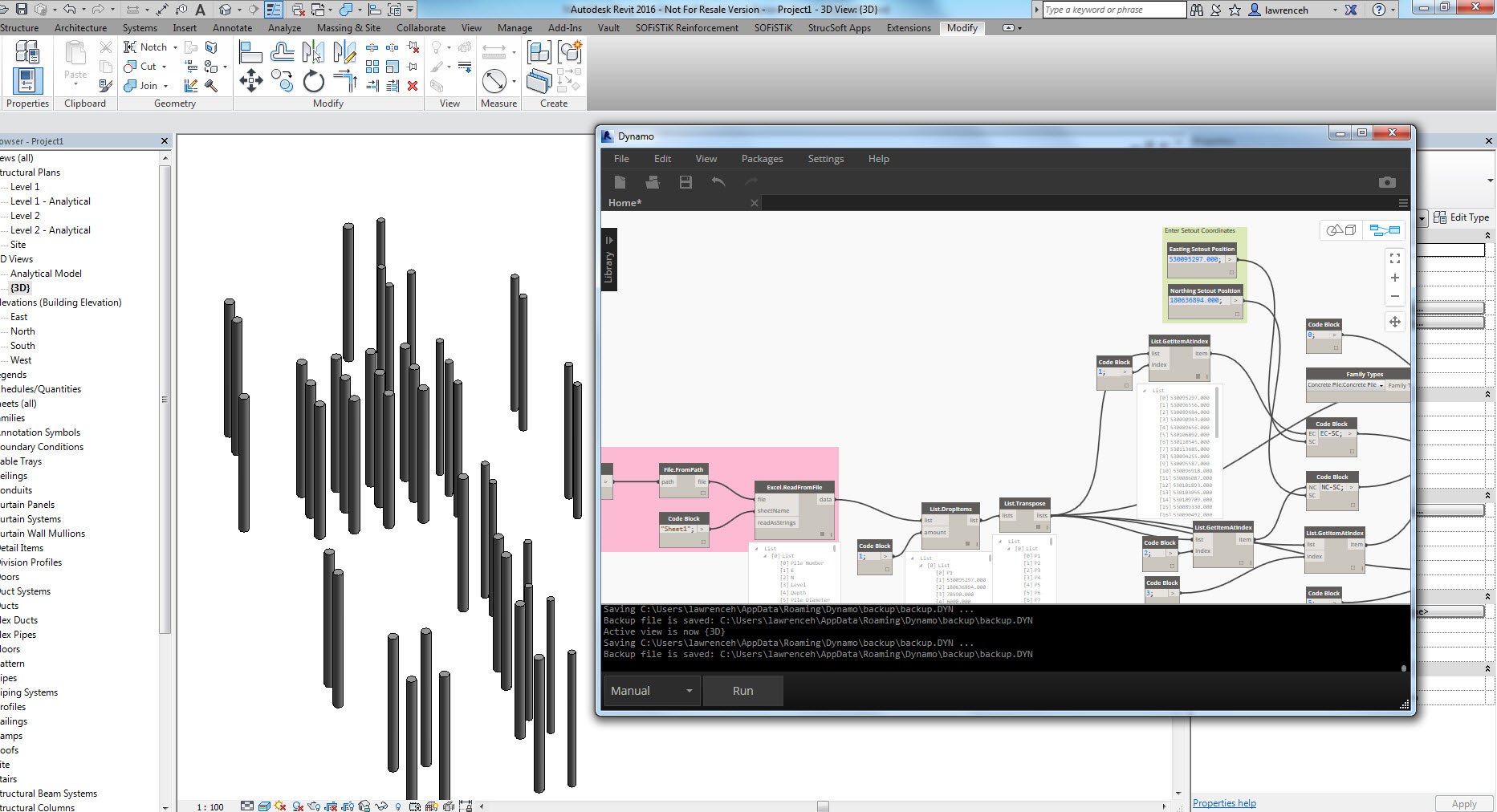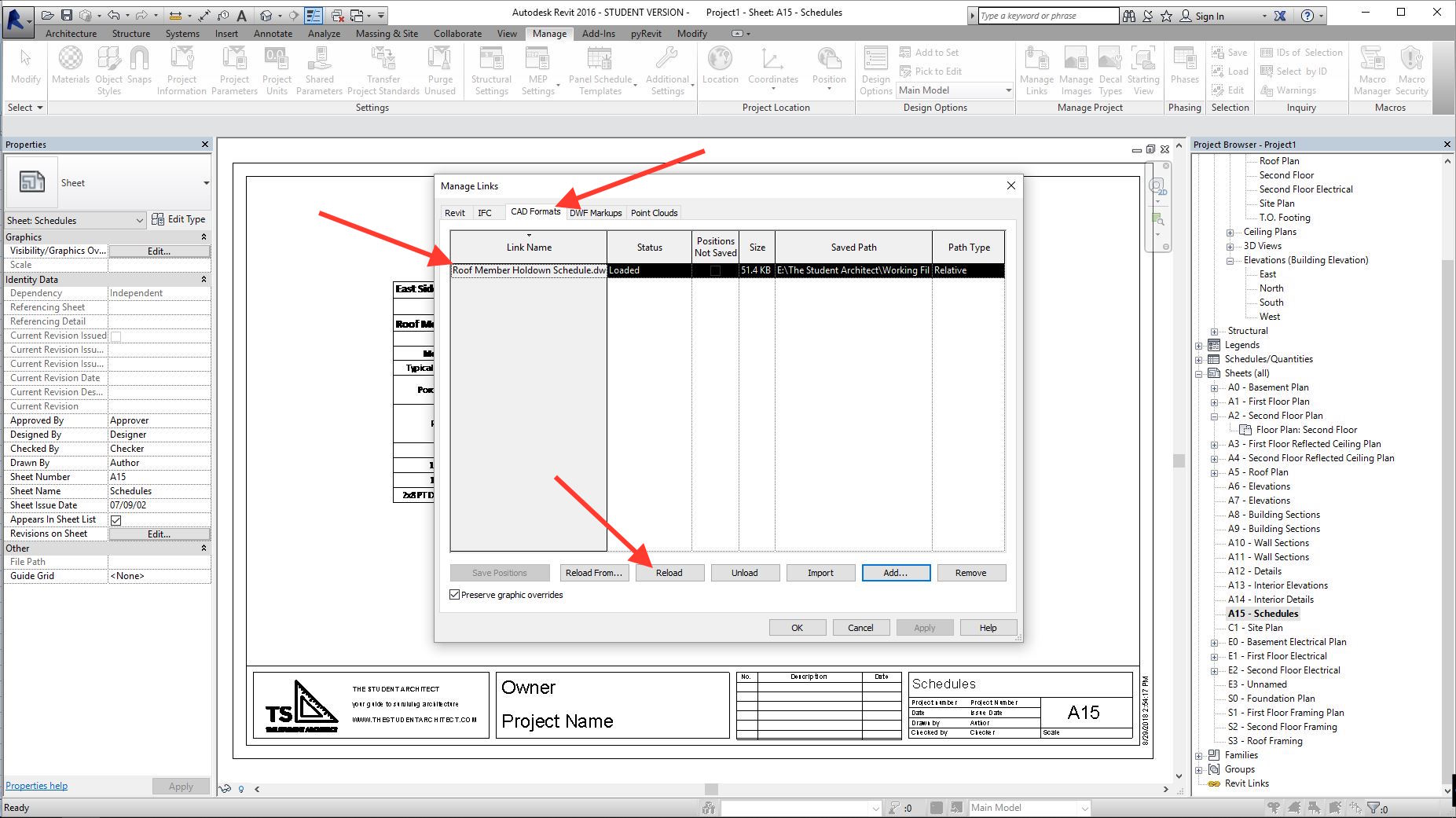Mastering the Art of Data Integration: How to Seamlessly Import Excel Data Into Revit
Are you battling to import Excel data into Revit efficiently? Look no more! In this article, we will direct you via the procedure of mastering the art of data combination. Discover the significance of smooth integration in Revit and discover the Excel file style for Revit combination. Obtain ready to prepare your Excel information easily and follow our detailed guide to import documents right into Revit. With our finest practices, you'll attain information combination success quickly. Let's get going!
Understanding the Significance of Data Assimilation in Revit
Comprehending the relevance of data assimilation in Revit is essential for smooth importing of Excel documents. It enables you to efficiently handle and upgrade info throughout the whole project when you incorporate information from Excel into Revit. This combination makes certain that your design and construction procedure is precise and current.
By integrating information, you can conveniently import and upgrade criteria, routines, and even geometry in Revit. This removes the need for hands-on data entrance, conserving you time and lowering the threat of errors. With Revit's information assimilation capacities, you can maintain consistency and precision in your job, while additionally boosting partnership among employee.

Exploring the Excel Documents Format for Revit Integration

In order to effectively integrate Excel documents into Revit, it is vital to guarantee that the information is formatted correctly. This consists of correctly labeling columns and rows, in addition to structuring the data in such a way that works with Revit's information schema. Revit utilizes particular criteria and groups to arrange data, so it is very important to line up the Excel information with these criteria to ensure a seamless integration.
In addition, it is very important to keep in mind that Revit only sustains specific information types when importing from Excel. These consist of message, numbers, and days. Any kind of various other data types, such as formulas or conditional format, will not be recognized by Revit and may create problems during the assimilation procedure.
Preparing Your Excel Information for Seamless Import Into Revit
To make certain a smooth combination process, you'll require to properly format and label the columns and rows in your Excel data before importing it into Revit. Start by analyzing your Excel information and determining which columns and rows have relevant info for your Revit job.
Following, make certain that the data in each column is properly formatted. If you have a column for dimensions, make certain that all dimensions are regularly formatted in the very same systems of measurement. Revit counts on constant formatting to accurately interpret and import data.
Additionally, it is essential to look for any kind of vacant cells or incongruities in your information. Revit might not have the ability to read or import data from cells that are empty or consist of errors. It is advised to review your Excel information and cleanse up any kind of variances prior to importing it into Revit.
Step-By-Step Guide to Importing Excel Info Into Revit
As soon as you've effectively formatted and identified your Excel information, you can easily import it into Revit by following this detailed guide. To start, open Revit and navigate to the "Insert" tab. revit add ins.
Next, a dialog box will certainly show up, enabling you to tailor the import setups. Right here, you can choose the worksheet you wish to import, specify the array of cells to import, and pick the appropriate devices for your information. When you've made your options, click "OK" to continue.
Revit will now show a sneak peek of your Excel data. Take a moment to make certain and assess the preview that every little thing looks correct. If required, you can make changes to the import settings by clicking on the "Settings" button.
Ideal Practices for Data Combination Success in Revit
Make certain you comply with these best methods to ensure successful combination of information in Revit. It is important to arrange your information in Excel prior to importing it right into Revit. This suggests ensuring constant calling conventions, correct formatting, and precise data depiction. pop over here Next off, use Revit's built-in tools for data mapping. This will enable you to match the columns in your Excel data with the equivalent criteria in Revit. Be conscious of the devices and data types when mapping the information, as any type of inconsistencies can lead to mistakes in the integration process.
One more vital technique is to on a regular basis confirm and upgrade your information. In addition, make use of information recognition devices within Revit to identify any kind of errors or variances in the integrated data.
Lastly, it is Read Full Article recommended to establish a clear operations for data assimilation. This consists of specifying duties and duties, setting up a communication network in between employee, and developing a routine tempo for data updates and reviews. By following these finest practices, you can make certain a smooth and successful combination of data in Revit, eventually enhancing the performance and accuracy of your job.
Final Thought
In final thought, understanding the art of information assimilation is important for seamless import of Excel submits right into Revit. Recognizing the importance of data assimilation in Revit is the very first action towards effective combination.
When importing data from Excel into Revit, it is crucial to understand the documents layout and how it can affect the assimilation process (revit tools). Revit uses certain specifications and groups to arrange data, so it is essential to align the Excel data with these specifications to make certain a smooth integration
Be conscious of the devices and information kinds when mapping the data, as any kind of disparities can lead to errors in the integration procedure.
Furthermore, make use of go to the website data validation devices within Revit to identify any type of mistakes or incongruities in the incorporated data.
